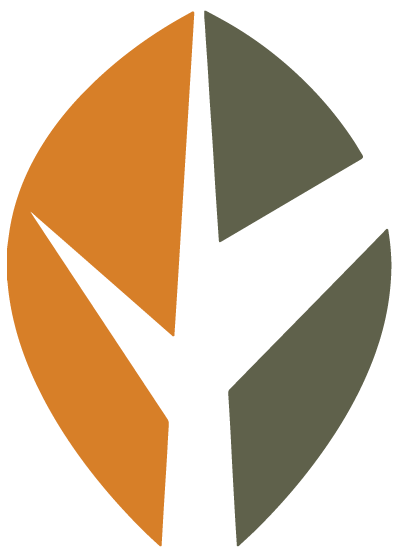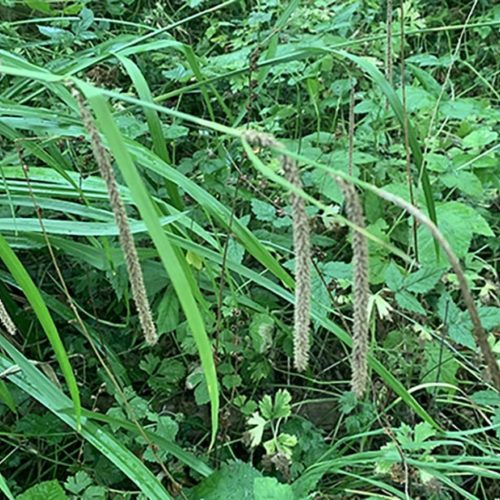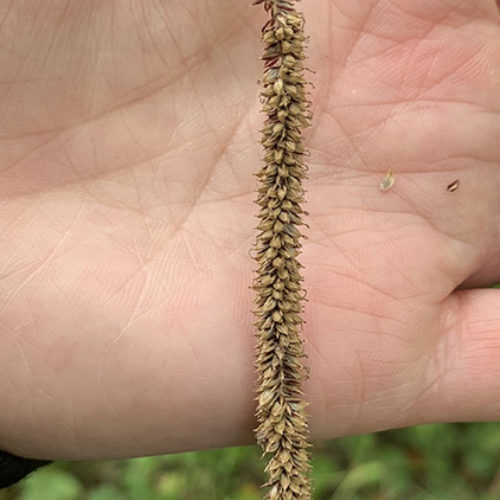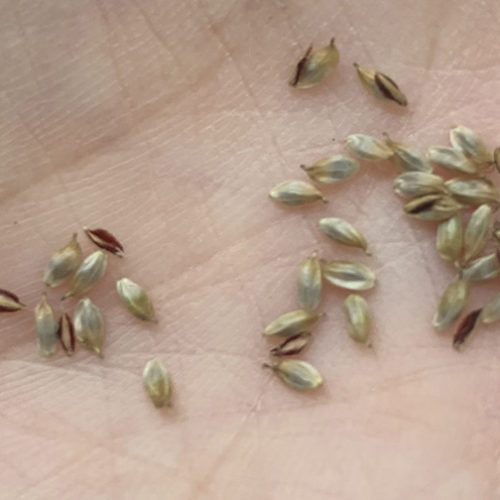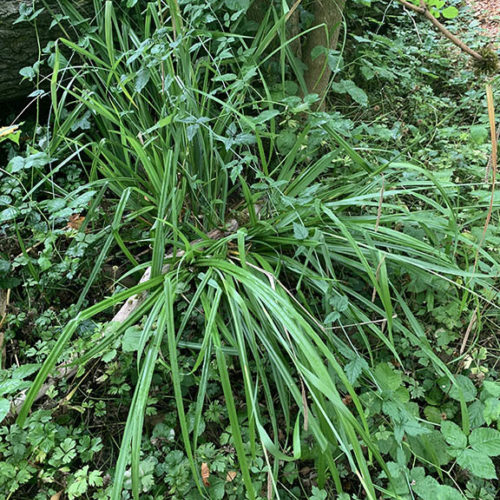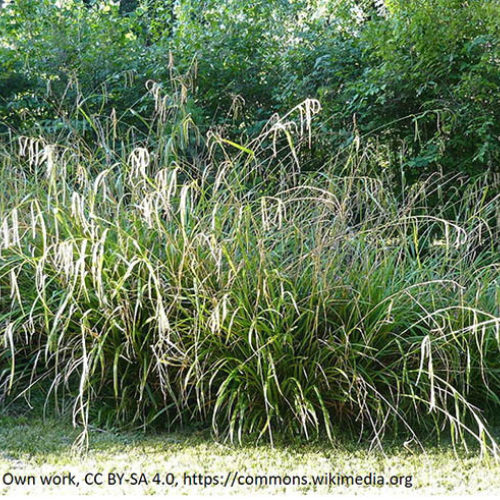Hanging sedge
Carex pendula
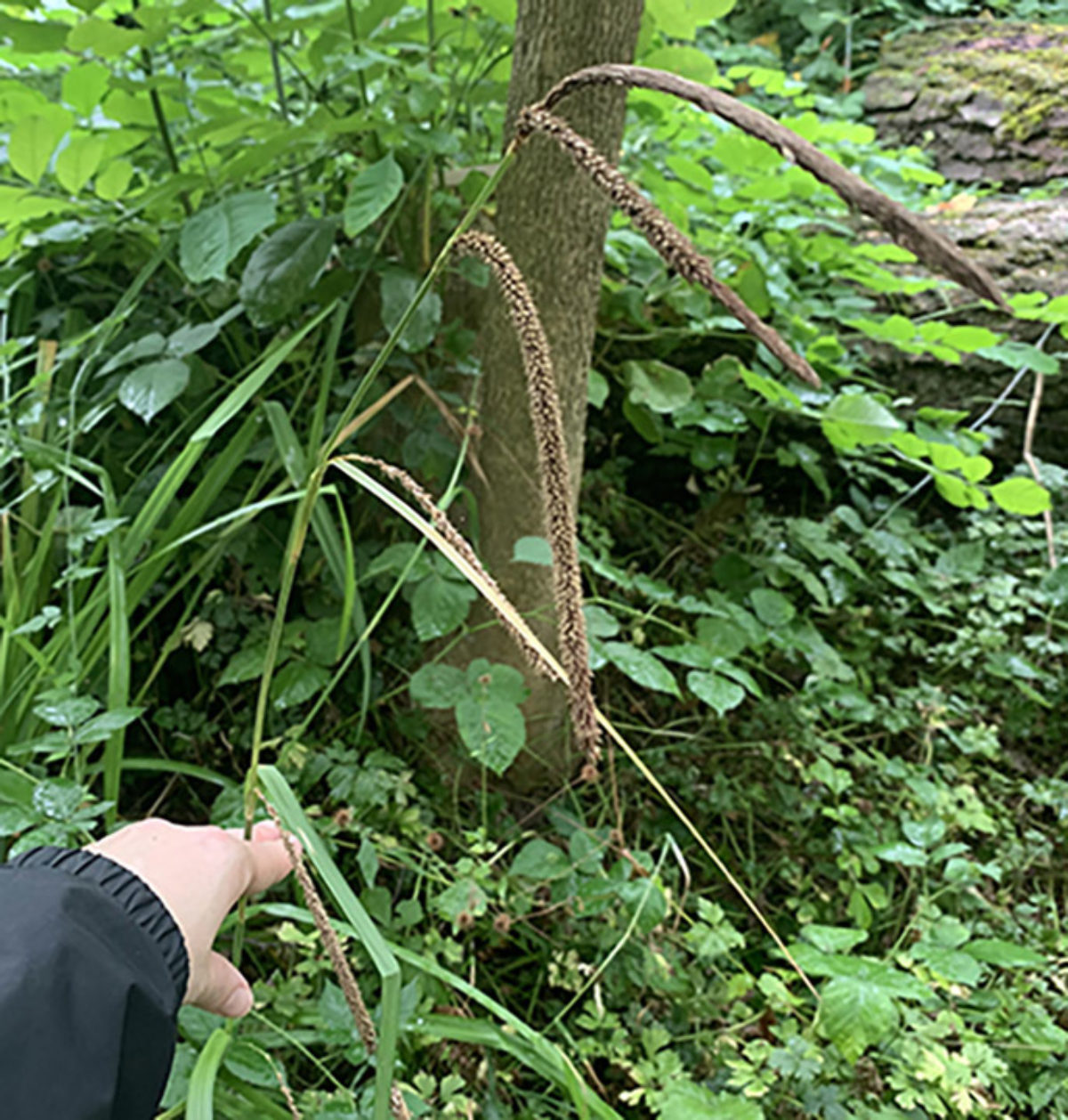
Family: Cyperaceae
Other Scientific Names:
Carex maxima, Carex. pendula subsp. pendula, and Carex pendula subsp. agastachys
Other Common Names: pendulous sedge, drooping sedge, weeping sedge
Weed class: B
Year Listed: 2022
Native to: Europe, western Asia, and northern Africa
Is this Weed Toxic?:
not known to be
Legal listings:
This plant is also on the Washington State quarantine list. It is prohibited to transport, buy, sell, offer for sale, or distribute plants or plant parts of quarantined species into or within the state of Washington or to sell, offer for sale, or distribute seed packets of seed, flower seed blends, or wildflower mixes of quarantined species into or within the state of Washington. Please see WAC 16-752 for more information on the quarantine list. For questions about the quarantine list, contact the Washington State Department of Agriculture's Plant Services Program at (360) 902-1874 or email PlantServices@agr.wa.gov.
Why Is It a Noxious Weed?
Hanging sedge easily escapes garden plantings, disrupts forests and riparian areas, and is difficult to remove.
How would I identify it?
General Description
Hanging sedge is a large, evergreen, perennial sedge that grows in dense clumps in shaded, moist habitats. Leaves are long, medium green above and dull green to blue green below. Tall stems form long, hanging catkin-like spikes that develop seeds, which spread readily in water.
Flower Description
Hanging sedge’s inflorescence is 7.9 inches to 3.3 feet long with a leaf-like bract at the base of the inflorescence. The terminal spike is male and arching while the lateral spikes are female, drooping and cylindrical, commonly noted to be 6 inches long with overall measurements of 3.9 to 11.8+ inches long. These long, hanging, catkin-like spikes are what gives this plant its common names.
Leaf description
The leaves are long and fairly wide, 31.5 to 51.2 inches long by 0.3 to 0.8+ inches wide. Leaves are medium green above and undersides are green to blue-green, dull.
Stem description
Hanging sedge’s stems, called culms, grow 3.3 to 6.6 feet tall and are triangle in cross section with rounded edges. The stems spread outward at an angle.
Fruit Seed Description
The small seeds (achenes) are three-sided and enclosed in a bottle-shaped bract called a perigynia, which is 2.6 to 4 mm long.
May Be Confused With
When flowering stems are not present, hanging sedge may look similar to small-fruited bulrush (Scirpus microcarpus), big-leaf sedge (Carex amplifolia), slough sedge (Carex obnupta) and possibly other native sedges. Check with your local county noxious weed board, or other local experts to confirm identification.
Look-a-like species information:
· Big-leaf sedge (Carex amplifolia) differs from hanging sedge as it spreads by rhizomes and has paler leaves, upright stems and the spikes are upright in the inflorescence. Big-leaf sedge is a native species to Washington, and additional information can be found online at the UW Burke Herbarium website: https://biology.burke.washington.edu/herbarium/imagecollection/taxon.php?Taxon=Carex%20amplifolia
· Small-fruited bulrush (Scirpus microcarpus) differs from hanging sedge as it spreads by rhizomes, has a branched inflorescence, and doesn’t have long, drooping spikes. Small-fruited bulrush is a native species to Washington, and information can be found online at the UW Burke Herbarium website: https://biology.burke.washington.edu/herbarium/imagecollection/taxon.php?Taxon=Scirpus%20microcarpus
· Slough sedge (Carex obnupta) differs from hanging sedge as it spreads by rhizomes, leaves are narrower 0.12 to 0.28 inches, while hanging sedge is 0.30 to 0.80+ inches wide. Leaves turn more yellowish as they age. The lateral female spikes are erect/lateral to drooping, dark brown to reddish brown, and only up to 5.9 inches long. Slough sedge is a native species to Washington, and information can be found online at the UW Burke Herbarium website: https://biology.burke.washington.edu/herbarium/imagecollection/taxon.php?Taxon=Carex%20obnupta
Additional comparison information can also be found on the Clackamas Soil and Water Conservation District WeedWise webpage page for hanging sedge: https://weedwise.conservationdistrict.org/cape45.
Where does it grow?
Hanging sedge typically grows in moist to wet soils and in partly shaded to shaded environments. In the Pacific Northwest, hanging sedge escapes ornamental plantings and naturalizes in riparian forests, ravines, wetlands, lake shores, parks, trails, roadsides, and in restoration plantings. Click here to see a county-level distribution of hanging sedge in Washington.
How Does it Reproduce?
Hanging sedge reproduces by seeds and rhizomes. Each plant is estimated to produce 20,000 or more seeds in favorable conditions and can have a 90% germination rate. Seeds are primarily spread in water.
How Do I Control It?
Make sure to correctly identify hanging sedge prior to its management, as other native sedges can look similar when not in bloom. Check with your local county noxious weed board before controlling plants along the edges of streams and other waterways, as local restrictions may prohibit certain control methods. County noxious weed control board contact information can be found on the Washington State Noxious Weed Control website here: https://www.nwcb.wa.gov/contact-your-county-weed-boards.
Manual/Mechanical:
Hanging sedge plants can be dug up with a shovel or other digging tool, making sure to remove the roots to prevent resprouts. Minimize ground disturbance as much as possible, and plant and/or seed desirable non-invasive species to provide competition to hanging sedge seedlings and other weeds. Monitor the site and control and resprouts or seedlings that occur.
If management of hanging sedge is delayed or too many plants are present to control the entire infestation initially, at the minimum make sure to remove seed heads to prevent seed spread. Plants can be dug up and the area covered in sheet mulch to prevent resprouts and seed germination, though follow-up maintenance will be needed.
Chemical:
Currently, hanging sedge is not included in The Pacific Northwest Weed Management Handbook, but check back as this resource is continually updated: https://pnwhandbooks.org/. For questions about specific herbicide use and where aquatic formulated herbicides may be needed, please contact your county noxious weed control board.
In general, use herbicide control in combination with other control methods to reduce usage when possible. When using herbicide, treat plants when pollinators are not present or are the least active. Monitor plants to make sure all have been controlled, and follow up with additional control methods as needed.
For More Information
King County Noxious Weed Control Program Weed of Concern: Hanging Sedge, Carex pendula
Draft Written Findings for hanging sedge, Carex pendula
WTU Herbarium information on Carex pendula

